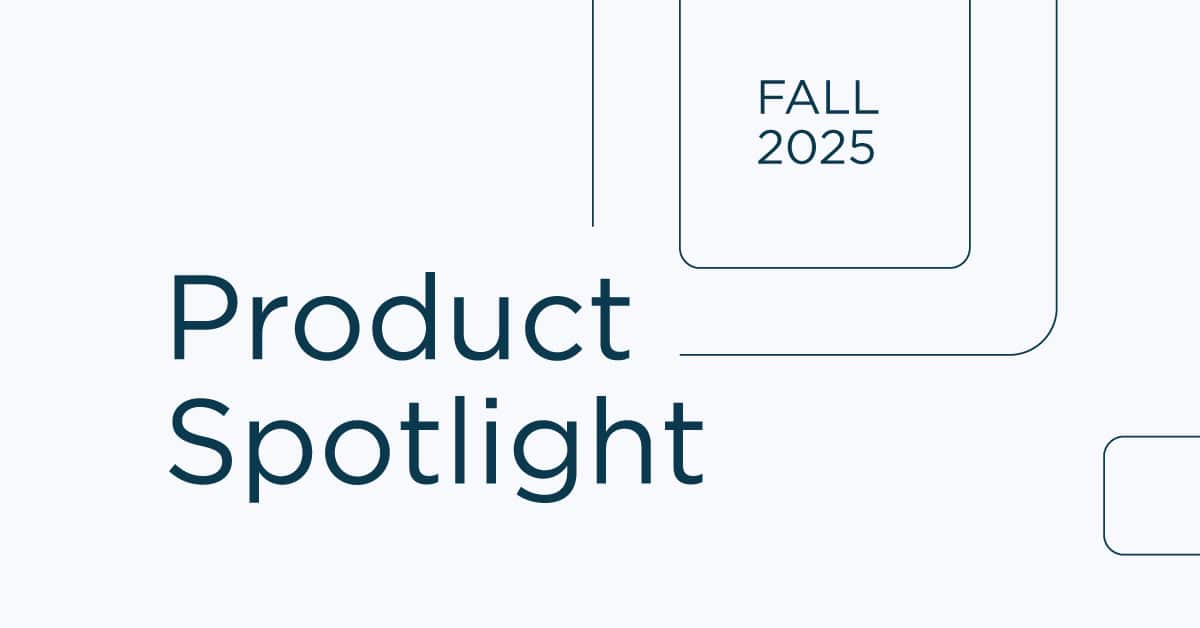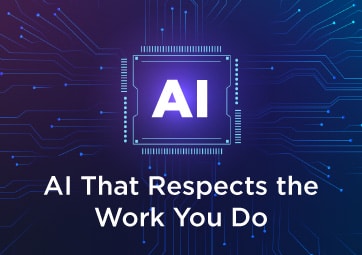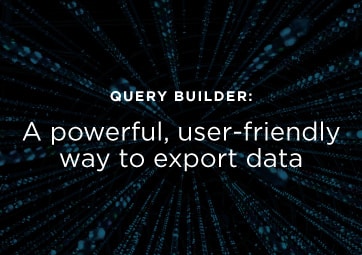Welcome to the Q2 ESO quarterly product updates, where we take a look at the latest changes from this past quarter, along with the exciting things to come in Q3. We’ve already made a ton of progress in 2025, most of which was made possible by feedback submitted by the ESO community through our Ideas Portal. Thank you for all your suggestions, and check out how we’re bringing your incredible ideas to life below:
Content applicability by product
| Building Blocks | EMS | Fire | Hospital | State |
| EHR | Auto-Generated Narrative Powered by AI | X | |||
| EHR | NEMSIS Critical Patch | X | |||
| Fire Incidents | NERIS Limited Availability | X | |||
| Asset Maintenance | Preventive Maintenance | X | X | ||
| Scheduling | Timeclock Attestation | X | |||
| Patient Registry | FHIR Integration for Financial Information | X | |||
| Patient Registry | ICD10 Driven Injury Severity Score calculation | X | |||
| Patient Registry | AI Code Builder (Alpha Release) | X | |||
| HDE | Canada (Staging Environment) | X | X | ||
| Data | Query Builder | X | |||
| Insights | HDE/Outcomes Tables Added to EMS Data Model | X | |||
| Insights | Global Dashboards | X | X | ||
| Cross-Product / ESO Suite | In-App Enhancements | X | X | X | X |
EHR | Auto-Generated Narrative powered by AI
We launched the Auto-Generated Narrative feature in ESO Electronic Health Record (EHR) as a meaningful step forward in our effort to reduce the documentation burden for EMS providers like yourself. Within the first 30 days of launch, we already had over 18,000 users across 1,600 agencies generating more than 87,000 narratives. Agencies have also been reporting an 80% reduction in narrative documentation time and a 30% improvement in time to lock records. These numbers validate that Auto-Generated Narrative is an effective tool in streamlining repetitive entry without sacrificing accuracy.
Looking ahead, we want to continue to refine your user experience through data and feedback, working to ensure your team has what it needs to get the most out of the feature. An enhancement we already have in the works is a new Admins permission that would manage access rights. If you have any feedback, we would love to hear from you. Keep an eye out for a survey within EHR where you can review the Auto-Generated Narrative’s quality and ease of use.
EHR | NEMSIS Critical Patch
In response to the Presidential Executive Order regarding Gender, NEMSIS has released a new Critical Patch version of NEMSIS 3.5.0 that includes a new field to document Patient/Personnel Sex and deprecates Patient Gender.
We have introduced the Sex field in both EHR and Personnel Management, which will be automatically enabled for all customers, providing a more comprehensive and accurate way to document patient information. If state regulations permit, customers can choose to disable the Gender field, allowing for a more streamlined data entry process.
To ensure compliance with state requirements, we will update our state reporting templates to reflect the latest standards and ensure that our customers’ records are accurate and compliant with state regulations.
Fire Incidents | NERIS Availability
On June 4, 2025, ESO onboarded a subset of agencies to our new NERIS-compatible Fire Incidents application as part of a Limited Availability group. The agencies’ administrators were asked to follow a set of enablement steps, both internal and external, to enroll ESO as their NERIS data vendor. During Limited Availability, several agencies enrolled, and a select few even enabled their accounts for live data submissions.
On July 16, ESO released the NERIS-compatible Fire Incidents module for all remaining agencies. This provides everyone with sufficient time to familiarize themselves with the new module, understand the new data standard, and train their teams accordingly.
Enabled agencies can immediately start entering data into the new environment; however, compliance reporting to NERIS is not required until January 1, 2026. ESO customers have access to both the current NFIRS version and the NERIS-compatible version of Fire Incidents. We encourage agencies to familiarize themselves with and train their teams on the new version before submitting live incident data to NERIS.
For updates on what’s currently happening on the NERIS front, answers to your top questions, along with an overview of how ESO can assist, check out the ESO NERIS hub. To further ease your team’s shift from NFIRS to NERIS, we have compiled an ESO transition guide and multiple training videos. You can find them here.
Asset Maintenance | Preventive Maintenance Updates
In Q2, ESO released Preventive Maintenance tooling in Assets. This quarter, we’re rolling out additional functionality to support preventive maintenance scheduling based on odometer, engine hours, calendar, and more.

We’ve also included the option to add one or more notification recipients for every maintenance schedule created, along with a new Maintenance Overview layout that allows you to easily filter by All Maintenance, New/Unscheduled, Scheduled Maintenance, Due in the Next 7 Days, Overdue, and Assigned to Me.
Scheduling | Timeclock Attestation
We’re excited to announce the release of a new feature in our Scheduling application: Timeclock Attestation. This release is designed to help organizations ensure compliance with labor laws, particularly those in California, but it also offers the flexibility to support a variety of use cases across different teams and regions.
With the Attestation feature, Scheduling administrators can now create custom prompts that employees see when clocking out. The setup page allows admins to:
- Assign a title to the attestation (used in reporting)
- Add a custom question relevant to the organization’s needs
- Allow employees to respond with Yes, No, or Not Applicable
Employees also have the option to leave a note with their response. If they select “No,” providing a note becomes mandatory, ensuring that any exceptions or concerns are documented clearly and in real time.
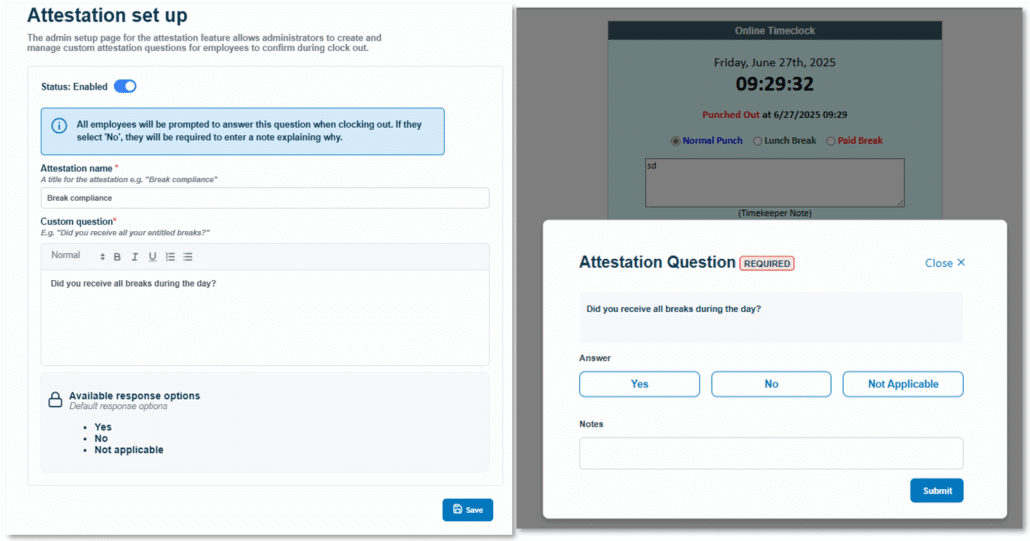
While this feature was initially developed to help California customers comply with break and meal period requirements, we’ve built it with broad applicability in mind. Whether confirming safety checks, equipment returns, or end-of-shift checklists, Attestation offers a flexible framework for reinforcing accountability and transparency across your entire workforce.
To support administrative follow-up and compliance tracking, we’ve also launched an Attestation Report that gives admins visibility into employee responses, including notes, so they can quickly identify trends, follow up on exceptions, and support audit-readiness.
We’ve received feedback from early adopters, and we’re already responding with a suite of enhancements to make this feature even more useful, including multiple questions per attestation, multiple attestations (for different workflows), targeted attestations (for specific employee groups), and custom response options.
Patient Registry | FHIR Integration for Financial Information
In order to support financial data fields in both Epic and Cerner integrations for Patient Registry, we’ve expanded our FHIR capabilities. This enhancement allows you to seamlessly pull in key financial information such as Payment Tier, Method of Payment, and Payor Name, directly from connected EMR systems via FHIR.
By enabling access to financial data through FHIR, users can streamline workflows, reduce manual data entry, and improve accuracy in financial reporting and analysis. This update supports more efficient data exchange and lays the groundwork for future enhancements in our FHIR capability.
Patient Registry | ICD10 Driven Injury Severity Score Calculation
Look out for a new feature in Patient Registry that allows your team to calculate Injury Severity Score (ISS) using ICD-10 codes – no AIS coding required. Traditionally, ISS is derived from AIS codes, which can limit scoring to those using AIS-based workflows.
This enhancement will make it possible for your team to assess injury severity directly from ICD-10 diagnosis data, expanding access to critical severity insights for those who don’t code with AIS. It supports broader benchmarking, improves data utility, and enables more inclusive trauma reporting and analytics.
Patient Registry | AI Code Builder (Alpha Release)
Alpha testing of a major upgrade to the Diagnosis Code Builder functionality is now complete! Designed to simplify the coding process based on feedback received from the ESO community, this tool primarily focuses on enhancing search accuracy, coding consistency, and workflow speed. User feedback highlighted that the existing Code Builder was difficult to use, with inconsistent terminology and no direct way to crosswalk between ICD-10 and AIS codes.
The new Code Builder addresses all these challenges through:
- Smart narrative-based search with confidence scores to guide users to the most relevant results, allowing for use of common shorthand terminology (such as “concussion w loc”)
- Support for coding multiple injuries at once, including direct crosswalks between ICD-10 and AIS (and vice versa)
- Tabular views of ICD-10 to give additional clinical context
- A more intuitive interface built for trauma registry workflows
Initial testing showed an average 79% reduction in coding time compared to the existing Code Builder, with improvements ranging from 69% to 86%. Even against direct manual coding methods, the new tool was faster by nearly 34% on average.
Data | Query Builder
The data platform has built a new reporting tool, Query Builder, spurred on by research reporting needs and legacy reporting parity requirements within the Patient Registry space. Once Patient Registry requirements are met, this new tool will be added to the Insights reporting platform for all domains and offer users enhanced exporting and report-building capabilities as compared to the current Data Exporter tool. GTM and enablement strategies are still in motion, but we intend for this product to replace the current Data Exporter tool as it provides all Data Exporter functionalities plus an enhanced feature set. These include on-demand report execution, filtering on any field within the data model, complex (and/or) logic when building filters, and bulk lookup. The Query Builder Beta Trial successfully launched on July 7th with participation from 14 Registry organizations. Feedback gathered during this phase will play a key role in shaping the availability, ongoing enhancements, and the overall product strategy.
Insights | HDE/Outcomes Tables Added to EMS Data Model
On June 25th, HDE/Outcomes tables were added to the EMS data model in Insights. A long-awaited enhancement, these tables will further empower our customers to analyze EMS data linked to Outcomes. Although there has been an “HDE Outcomes – EHR” data model present in Insights for over a year, adding the HDE/Outcomes tables to the EMS model presents a more complete picture of your data. Check out the differences in the table below:
| EMS data model | HDE Outcomes – EHR data model |
| Displays all EHR records, including non-transports | Transports to HDE-connected facilities or for non-transporting agencies, transfer of care to an agency transporting to an HDE-connected facility |
| Displays all EHR records, even if the receiving hospital is not connected to ESO for HDE/Outcomes | Only displays EHR records where the receiving hospital is connected to ESO for HDE/Outcomes |
| Displays all EHR records, even if there is no matching Outcome | Displays all EHR records (that meet the above criteria), even if there is no matching Outcome |
Insights | Global Dashboards
This quarter, the ESO team worked with a variety of stakeholders across the enterprise to fix bugs, add enhancements, and publish wholly new Global Dashboards to better serve your needs.
One ongoing piece of work involves updating our entire catalog of Global Dashboards with explanatory texts and turning on the new ‘widget filter indicator’. To date, we’ve completed Permits (2 dashboards), Activities (4 dashboards), and Hydrants (2 dashboards). Fire Incidents (28 dashboards) and EMS (40 dashboards) due for completion soon.
So far, we’ve published 50 new global Dashboards. These include work on NEMSQA Dashboards in NEMSIS 3.5 (18 dashboards); Mission Lifeline (2 dashboards); California Core (14 dashboards); as well as two Controlled Substances (Beta) dashboards.
We’ve revised Nelson Score NSA calculation and the explanatory text on the 2025 Fire Index Dashboards. In addition, 19 dashboards were updated—four Peak Benchmark dashboards in EMS and Fire Incidents, along with 11 in Fire Incidents – reflecting our ongoing commitment to accuracy and usability.
Cross-Product / ESO Suite | In-App Enhancements
Since the launch of the Ideas Portal at Wave in Q1, ESO has received close to 4,000 new enhancement suggestions from our community, along with a lot of positive feedback! We’re excited to announce a cool new upgrade that will share product roadmap ideas across various stages – Now, Next, Later, and Under Consideration. You will have access to provide feedback on any idea you see, which will further help our Product teams understand and solve your team’s challenges.
The Product teams will continue to follow up directly via email when submitted feedback progresses into discovery, design, or development, helping to close the loop and keep communication open as ideas evolve. If you head to the Ideas Portal, you can find a brief description of each idea as it begins to take shape, along with the number of votes it has received. This will help give a sense of how many others find the idea valuable.
Please note that ideas with fewer votes can still move forward ahead of more popular ones, as there are many factors at play in roadmap decision-making, including strategic fit, technical feasibility, and timing, which means the vote count is just one part of the overall picture.
Our Product Management teams weigh a wide range of inputs – including data, dependencies, and trade-offs. While customer support for an idea is important, the teams also need to determine the best solution in a way that delivers strategic value across our ESO community. That often involves discovery work, prototyping, and user testing – all of which take time to do well.
They also assess whether the complexity of a given idea makes it feasible to tackle now, or whether something else on the roadmap should take priority. High-impact ideas often come with more complexity and, as a result, may take longer to progress – which can make them appear slower-moving compared to smaller, quick-win ideas that might have fewer votes.
Sometimes, an idea also depends on other product teams or internal systems – dependencies that aren’t always visible to customers. In other cases, the technology simply isn’t ready yet, and the team may choose to hold the idea until it’s possible to deliver the right solution in the right way.
In summary, votes on ideas are a valuable indicator of interest and demand. However, it’s important to recognize that they represent just one input among many in the broader decision-making process that all software and technology teams undertake. We encourage you to review each of our Ideas Portals and continue to give us feedback so that we can use your input to aid our roadmap decisions!
What to expect next
Good news! We have a few more exciting enhancements in the works. Please stay tuned for release notes in the next product blog, but here’s a sneak preview of a few updates and enhancements:
EMS
- We’re hard at work on the latest NEMSIS 3.5.1 version, which will allow all ESO EHR customers to document new elements regardless of whether their state is moving to NEMSIS 3.5.1 or not.
- We will soon do a limited release of our Custom Forms feature, available in web-only for now.
Fire
- The new NERIS-compliant ESO Fire Incidents application is currently in limited availability, providing users that require no major integrations the option to enable live data submission – more updates coming.
Shared Apps
- We’re currently working on full reporting capabilities in Insights for Assets, Checklists, and Inventory. Keep an eye out for these updates in the upcoming months.
Cross-Product / ESO Suite
- Dashboard will be mobile responsive with support for all screen sizes.
- Enhancements for Query Builder will continue, along with a rollout for all products.
- Insights will support integrated joins for Fire/EMS data models and PDF printing.
About Product Management at ESO
The ESO Product Management team creates the Product Roadmap, informing what products, features, and functionality are built next. Through collaboration with support, sales, customer success, industry experts, and most importantly, customers like you, our team works hard to create the best apps possible for advancing our mission of improving community health and safety through the power of data.
Over the past year, we’ve invested in world-class tools that allow us to capture customer product feedback at scale and, in turn, make more informed roadmap decisions. These tools enable us to quickly test ideas in order to deliver features that are most valuable to you. We value your input and hope you continue to engage with us through our continuously expanding in-app capabilities.
